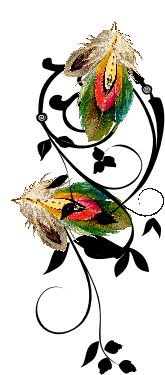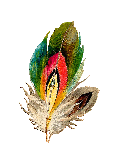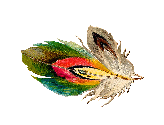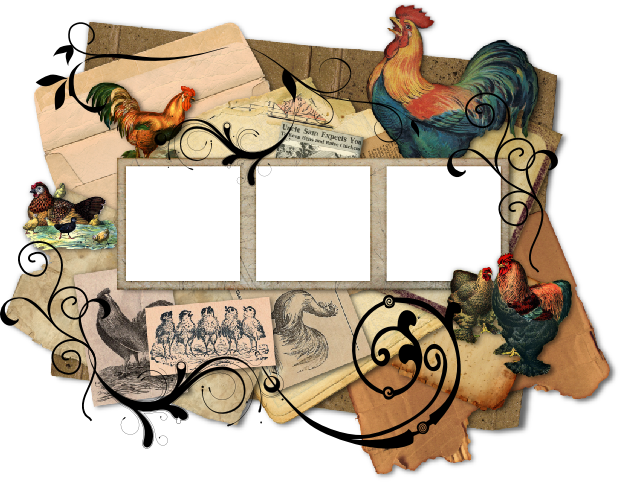
If you suspect illness, please read the ENTIRE ‘Health’ section on my site–I go into much more detail. If you think your chicken needs a vet, CALL ONE! Info on this site is NOT meant to take the place of proper veterinary care, and I assume no responsibility for your use of the information on this site.
One of the best things you can do for your birds is simply know your flock. Make
it a point every day-
Another advantage to picking up your birds is so that you know how their bodies feel,
and it also gets the birds used to you handling them. You should check their general
health by feeling their keel (breastbone). If it feels sharp to your hand, the bird
is most likely underweight which usually means an illness or parasite problem. Check
their legs for injuries or scaly mites-
Another thing you should do with a sick bird-
Another way to track general health is to check the quality and quantity of their
poop. Yes, I know that's a wonderful way to spend your time, but poop is a great
indicator of health. Normally a chicken poop is fairly dry, and will have two components–a
white, chalky part that is the urine and a darker brown-
A good article on 'Poopology', aimed at finches but very informative, as is the entire site:
URL: URL: http://www.finchniche.com/features_poopology.php
Just so you know, by the time you read a bird health book or two, you will be horrified
at how many illnesses and parasites there are for poultry to suffer from, some of
them quite gross/agonizing/contagious. It can give you a rip-
Diagnosing Problems,
Being Prepared
And Supportive Care
Homemade Electrolyte Solution
Chicken Common Sense & Diagnosing Problems

Velvet Sparrow
The Chicken Mantra–learn it, love, it, live it:
‘If it is possible for a chicken to hurt themselves on something, somehow they will find a way.’
Here is a recipe for an electrolyte solution you can make at home, equivalent to Pedialyte. Be SURE to keep it refrigerated and to make a fresh batch every 12 hours.
Mix together until all dry ingredients are dissolved:
1/2 Qt. Water
1 tsp. Sugar
1/4 tsp Salt
1/4 tsp. Baking Soda
Offer the electrolyte solution free choice in place of the bird’s regular drinking
water, handfeeding via an eyedropper at first if necessary. This solution is a fantastic
booster for sick, injured or stressed birds, it’s also great for offering to baby
chicks their first few days–especially mail-
The Chicken Emergency Kit
And believe me, if you are going to keep chickens, you are going to NEED one of these. Yes, you will. Probably at 2AM on a Sunday, on a long holiday weekend when nothing is open or when all your local feed stores are OUT of the medication you need NOW. And when treating chickens for illness, speed is of the essence.
I keep the following on hand at all times as a Chicken Emergency Kit: The number
of your avian vet is THE most important thing you can have on hand–DON’T wait until
your favorite bird is sick and THEN call around trying to find a vet that will see
a chicken (with most dog & cat vets the answer is ‘No’!)–have an avian vet all picked
out and ready to go, plus the name and number of one or two as backups in case your
vet is closed. Chicken health handbooks and printouts of important chicken health
or medication instructions or webpages–you don’t want to be stuck sometime with all
your info on the Internet and no way to access it. From the feed/pet store, a bottle
of Kwik-
For first aid emergencies, from the grocery store or pharmacy, handfeeding syringes (also called irrigation syringes, ask the pharmacist for one, no prescription needed), a tube of Neosporin triple antibiotic ointment for wounds , a packet of 4 x 4 gauze pads to clean & dress wounds and a roll of paper tape to bind them.
When needed at the time when you need to hand feed a bird, also a jar each of stage 1 (the pureed type for the youngest babies, no chunks) chicken, peas, and carrots baby food, and a bottle of unflavored Pedialyte (an electrolyte solution for human infants, find it at the grocery store) or use the recipe on this page and mix your own. With this stuff on hand I feel ready for those midnight emergencies, because such things in life NEVER happen on Monday afternoon when the vet is in, my Internet connection is working and my computer is functioning!
This is just a starter kit, you may find based on your own experiences what else you need to keep on hand. Chickens are experts at finding things to hurt themselves on/with, usually 1 hour before you are slated to leave on a two week vacation.
Handfeeding Sick Or Injured Chickens
If a bird is sick enough to require handfeeding, you usually want to go with a more ‘loose pudding’ consistency food mixture so your chicken doesn’t choke on food bits–the pureed food goes down easier.
For sick birds I mix:
Electrolyte solution (or electrolyte/medicated water if they are on it)
Some powdered baby bird handfeeding formula or Gerber Mixed Cereal for babies
Stage 1 (pureed, no chunks) human baby food–equal amounts of meat, a green and an orange vegetable
For a bird suffering from bacterial illness/a bird on antibiotics:
Same as above, but add–
Unflavored yogurt, ONLY the kind with active cultures
For a hen suffering from egg binding or a bird with sour crop or a crop impaction:
Same as above, but add–
Unflavored yogurt, ONLY the kind with active cultures
A bit of olive oil
Yogurt is a great source of calcium which egg bound hens need, and the active cultures help replace the good bacteria in the gut. For egg bound hens, the olive oil also adds a bit of ‘slip’ that will eventually make it’s way to their vent–chickens only have one opening back there for everything, including eggs, so it will get there eventually! For birds with sour crop or a crop impaction, the olive oil can help loosen the impaction and help them to pass it.
If you have a sick bird and need to hand feed it, here's what I do: first I keep
the bird warm and quiet, placed on a heating pad if need be. Place your palm firmly
on the heating pad for at least 45 seconds, The heating pad should warm to your
hand but NOT hot-
Also get a bottle of unflavored Pedialyte (a liquid that has electrolytes in it)
or use the recipe for homemade electrolyte solution, and a small tub of unflavored
yogurt with live cultures. Check the expiration dates on both the Pedialyte and
yogurt to be sure they are still good, expired stuff is useless. Mix this to a loose
paste consistency and warm it a bit-
If a bird stops eating on it’s own, start handfeeding right away–don’t wait, the clock is ticking and you are fighting weakness and weight loss. Sometimes there is a day or three between the time the medications can start working and the time the bird starts to eat again, and you need to be ready to keep your bird going until the meds can start to help and they feel well enough to resume eating on their own. Chickens are big birds and need lots of food.
Expect a struggle when handfeeding–chickens don’t really appreciate having their
heads grabbed, beaks forced open and food squirted in. Just be calm, quick and decisive
and get it over and done with to avoid overstressing your bird. Large chickens may
require that one person hold the bird while the other grabs it’s head and feeds it.
If your bird DOESN’T struggle or resist, it’s already dicey and you need to be Johnny-
To handfeed a sick bird, first wrap the bird in a towel. This helps keep the bird
calm and restrains it's wings so they don’t waste energy flapping or struggling when
you feed them. I just drape the towel across the bird’s back and tuck it in around
it's breast, then hold the bird in my lap and under my arm like a football. To feed
the mixture you don't need to worry about getting the food down the bird's throat,
just place the food in it's mouth on the back of it’s tongue and let it swallow.
This is safer than worrying about trying to remember which hole in the birds' throat
goes to it's lungs and which goes to the crop! Just so you know, though: Birds have
TWO holes in their mouths-
If a sick bird is still eating on it's own, in addition to chicken feed you can help it along by offering scrambled eggs, cooked hamburger, diced grapes and tomatoes, live mealworms, raw corn, etc., along with the Pedialyte to drink. Spoil it for now, give it plenty of goodies. The idea is to get the bird to eat, keep it hydrated and fueled, and for it to keep eating. Keep it going until the meds you are giving it have time to work. If the bird was worth investing your time, affection and money in in the first place to own it, it's worth investing a little time in to give it a shot at recovery. Chickens are remarkably tough, but are still birds after all, so are also fragile.

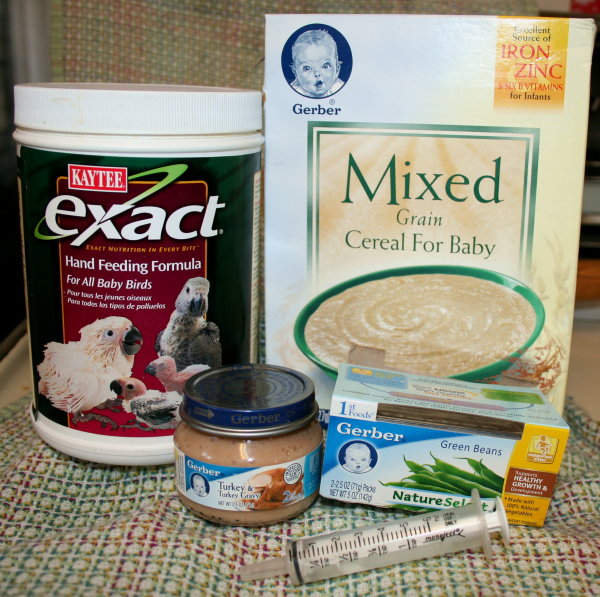 >
>
Jack’s Henhouse

Enjoying the chickens? Has my site helped you?
Want to buy the chickens some goodies?
Click the button!


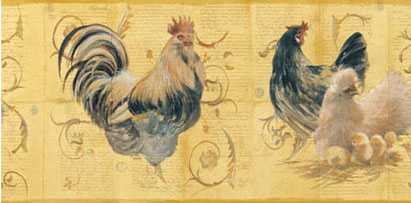
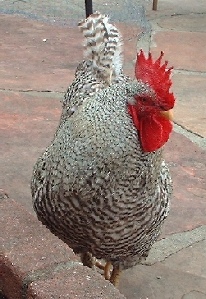 >
>

